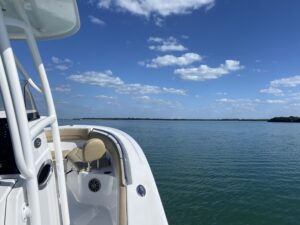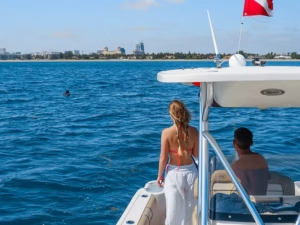Nestled at the southern tip of the picturesque Pinellas Peninsula in Tampa, Florida, Fort De Soto stands as a testament to the region’s rich and storied maritime history. This historical gem, with its weathered walls and timeless allure, unfolds a narrative that weaves together indigenous cultures, military strategies, and the enduring spirit of coastal communities.

The Tocobaga chiefdom was centered around the northern end of Old Tampa Bay, the arm of Tampa Bay that extends between the present-day city of Tampa and northern Pinellas County.
Native Roots: Indigenous Presence at Mullet Key
Long before Fort De Soto’s construction, the land bore witness to the lives of indigenous peoples, including the Tocobaga, a pre-Columbian Native American culture that flourished in the Tampa Bay region of Florida, their time spanning approximately from 900 CE to the arrival of Spanish explorers in the 16th century. The Tocobaga were part of the larger complex of indigenous societies known as the Safety Harbor culture, named after the Safety Harbor site near Old Tampa Bay. This culture was characterized by its reliance on estuarine and coastal resources for sustenance, including fish, shellfish, and other marine life.
Mullet Key, where Fort De Soto is now located, was a significant area for the Tocobaga. It served as both a habitation site and a ceremonial center. The Tocobaga were skilled mariners, navigating the intricate waterways of Tampa Bay in dugout canoes crafted from large cypress trees. Their society was organized in chiefdoms, with leaders overseeing various communities within the region.
Archaeological excavations at sites associated with the Tocobaga have uncovered evidence of their material culture, including distinctive pottery adorned with intricate designs. Mounds and middens found in the region provide insight into their settlement patterns, burial practices, and daily lives.
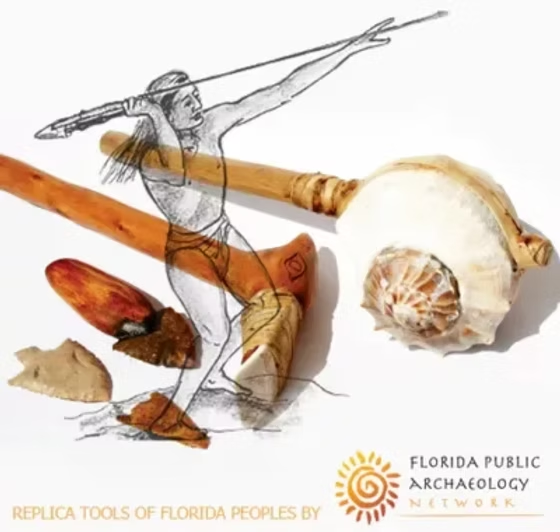
Spanish Explorers and the Quest for Florida’s Gulf Coast
In the early 16th century, the allure of uncharted territories and the promise of untold riches drove Spanish explorers to venture into the unknown expanses of the Americas. Hernando de Soto, a Spanish conquistador with a thirst for adventure and fortune, played a pivotal role in this era of exploration. Although de Soto never set foot on the key that now bears his name, his explorations along Florida’s Gulf Coast laid the groundwork for a profound European interest in the region.
The explorations of de Soto and his contemporaries marked the beginning of a complex cultural exchange between the Old and New Worlds. The Gulf Coast became a focal point for subsequent Spanish endeavors, including colonization and attempts to establish strategic outposts.
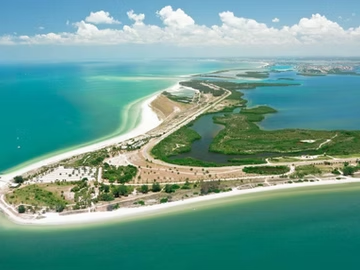
Civil War and Coastal Defense: The Birth of Fort De Soto
The mid-19th century saw the United States grapple with internal conflict, and coastal defense became paramount. In response to this need, the U.S. government began fortifying strategic locations along the nation’s coastlines, including Tampa Bay. Fort De Soto, named after Hernando de Soto, emerged as a coastal defense fortification during the Civil War. Its construction began in 1898, and by 1900, the fort stood as a sentinel guarding the entrance to Tampa Bay.
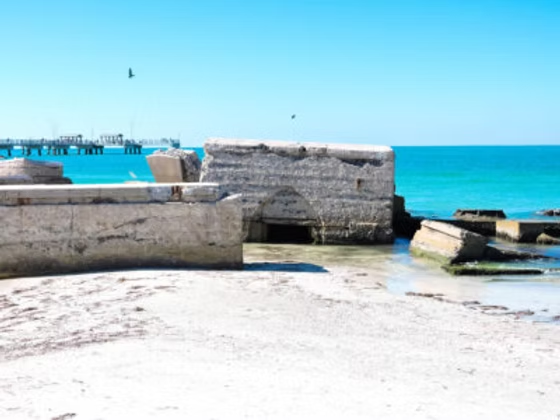
Spanish-American War and Fort De Soto’s Role
Fort De Soto’s military significance reached its zenith during the Spanish-American War in 1898. The fort housed troops and artillery, ready to defend the Tampa Bay area from potential threats. Fortunately, the war ended swiftly, and Fort De Soto’s active military role diminished, but its historical importance endured. Fort De Soto primarily served as a training ground and coastal defense post during various military campaigns, but it did not experience the intense battles often associated with historical forts. Its military significance diminished in the early 20th century, and by World War I, it was largely inactive.
Exploring Fort De Soto Today
Today, Fort De Soto Park is a living testament to this multifaceted history. Visitors can wander through the well-preserved remnants of the fort, exploring bunkers, batteries, and gun emplacements. The fort’s quarters and hospital evoke the challenges faced by soldiers stationed in this coastal outpost.
For those seeking your own history at the fort, accessing Fort De Soto by boat unveils a unique and enchanting perspective. Navigating the waters surrounding Mullet Key provides a picturesque approach to the historic fort, allowing boaters to witness the coastal beauty that has shaped Tampa’s history.
Beyond the historic charm, the rich underwater life surrounding Fort De Soto beckons snorkeling enthusiasts. The crystalline waters harbor vibrant marine ecosystems, teeming with a kaleidoscope of fish, seagrasses, and even the occasional seahorse. Snorkelers can explore the submerged world, discovering the hidden treasures that lie beneath the gentle waves, making Fort De Soto a haven for both history buffs and underwater explorers alike.
